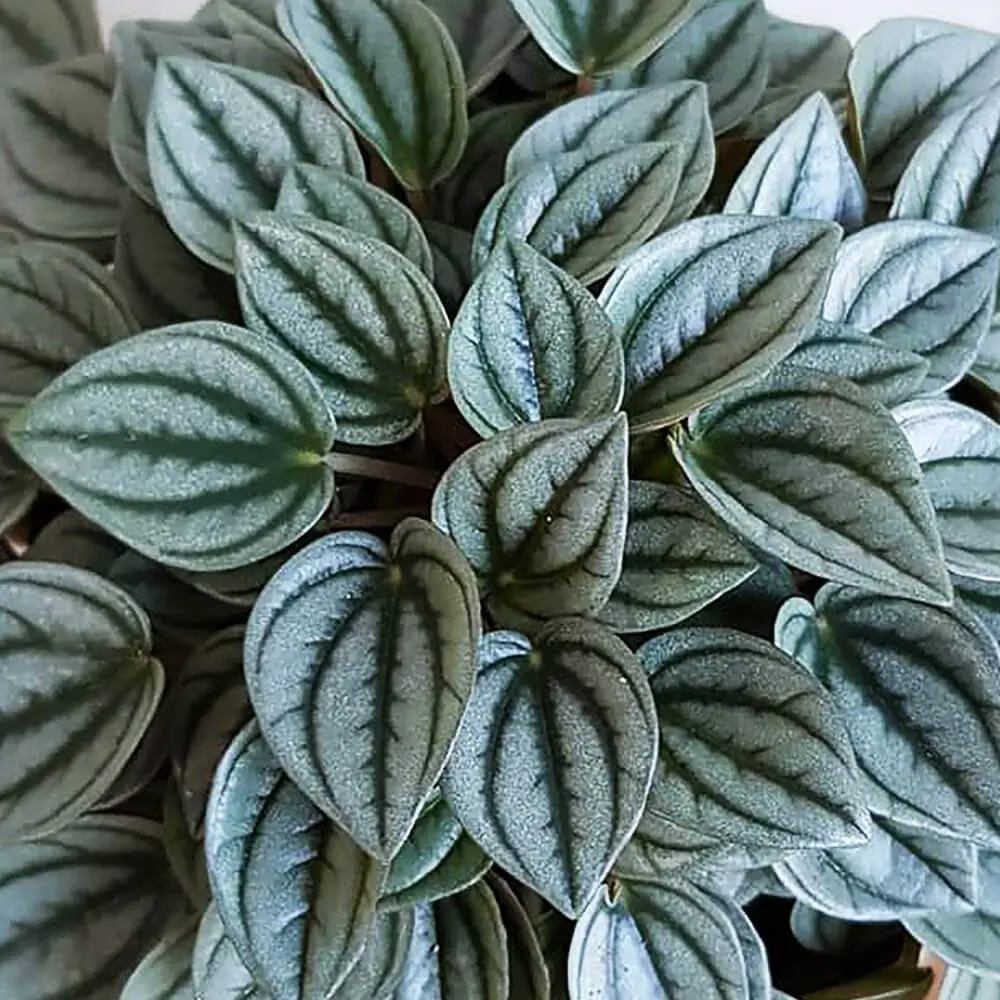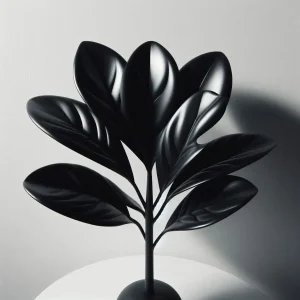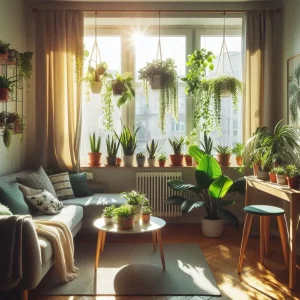“Peperomia Rosso, as implied by its name, belongs to the Peperomia family. This plant boasts a remarkably beautiful appearance, gaining a multitude of enthusiasts. Its heart-shaped leaves add a unique charm to its overall appeal. An essential topic concerning this extraordinary plant is the proper care it requires. In this article, we aim to provide a guide on caring for Peperomia Rosso. If you’re a fan of this plant, this article is tailored just for you.”
| Aspect | Guidelines |
| Light | Bright, indirect light; avoid direct sunlight. |
| Temperature | 13-24°C (55-75°F); protect from extreme temperatures. |
| Watering | Allow topsoil to dry before watering; avoid overwatering. Bottom watering is preferred. Reduce in winter. |
| Soil | Well-draining mix: 50% perlite, 50% peat moss; include gravel for airflow. |
| Pruning | Periodic pruning for aesthetic purposes. |
| Repotting | Only when roots outgrow the pot; handle roots carefully. |
| Propagation | Use stem or leaf cuttings for propagation. |
| Pests/Diseases | Watch for issues related to watering, sunlight, temperature. Monitor for spider mites and fungus. |
How to Care for Peperomia Rosso
Page Contents
TogglePeperomia Rosso, as a member of the Peperomia family, requires attention to three key elements: water, soil, and light. Below, we will guide you through the practices that will help your plant thrive in the best possible way.
Proper Lighting for Peperomia Rosso
Peperomia Rosso should be placed in bright locations, but not necessarily in direct sunlight. It thrives in semi-shaded areas. Fluorescent light can be a good alternative for those living in homes with limited natural light. Adjusting the light for Peperomia Rosso is crucial; low light slows down its growth, while excessive sunlight can lead to leaf burn.
Optimal Temperature for Peperomia Rosso
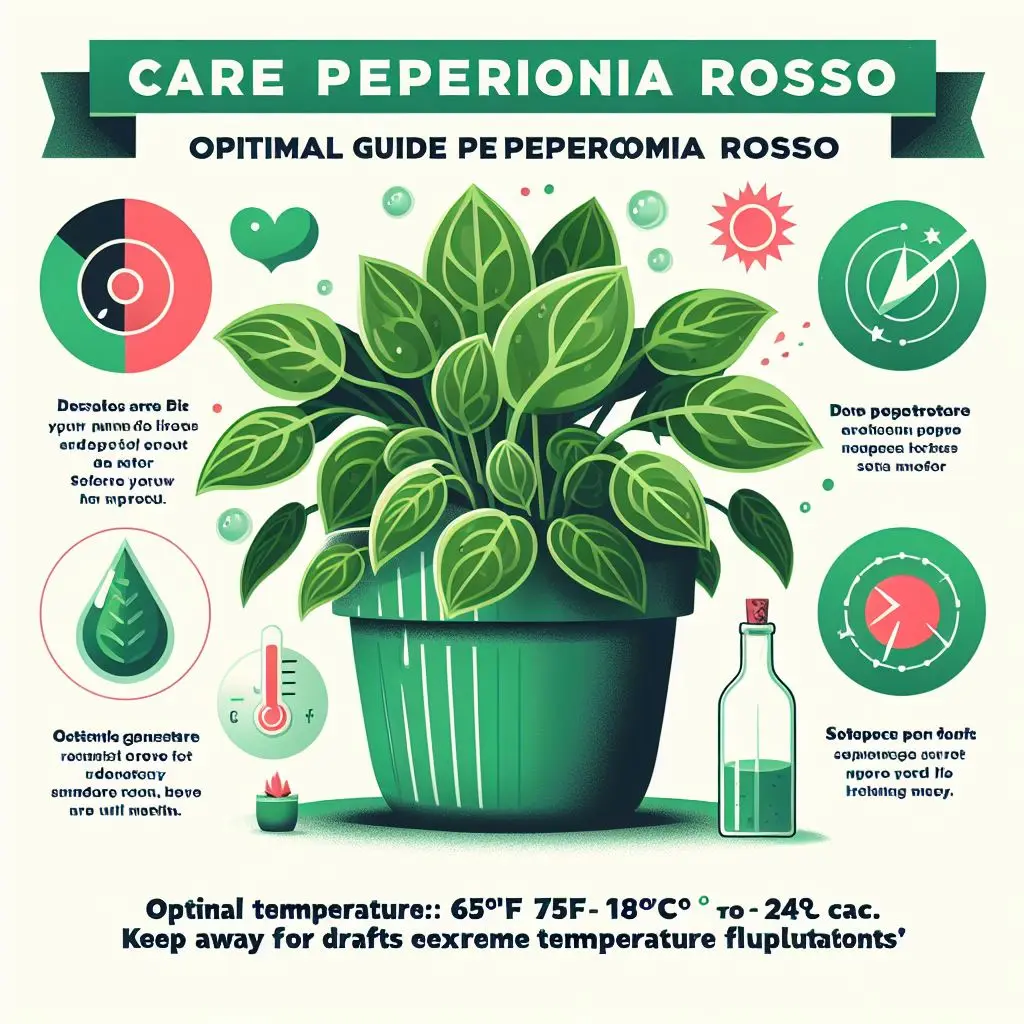
The ideal temperature for this plant ranges between 13 to 24 degrees Celsius. Keep it away from any cooling or heating devices, as Peperomia Rosso cannot tolerate extreme cold or heat, resulting in potential damage to the plant.
Watering Technique for Rosso
The best time to water Peperomia Rosso is when the soil in the pot becomes dry. Always check the soil moisture, as the delicate roots cannot withstand prolonged dry conditions. Water your Peperomia Rosso every 7 to 10 days, ensuring water reaches the bottom of the pot. Allow the plant to self-regulate its water intake. Avoid watering from the top, especially during colder seasons, to prevent leaf rot. Spraying is unnecessary and mainly serves a cleaning purpose.
Fertilizing Peperomia Rosso
During the plant’s growth seasons, use diluted liquid fertilizer twice a month. Apply fertilizer every third watering session. For indoor plants during fall and winter, monthly fertilization is sufficient. Ensure that fertilizer does not come into direct contact with the leaves. If you’ve recently repotted the plant, it may not need fertilization for some time.
Suitable Soil for Peperomia Rosso
If commercial succulent or cactus mix is unavailable, create a potting mix using a 50-50 blend of perlite and peat moss. Add a small amount of gravel to promote air circulation around the roots.
Caring for Peperomia Rosso involves maintaining the right balance of light, temperature, water, and nutrients. Following these guidelines will help your Peperomia Rosso flourish in your home environment.”
read more: How to Care for a Dracaena Plant in Your Home
Pruning Peperomia Rosso
Peperomia plants benefit from periodic pruning to control their shape and enhance their visual appeal. The optimal time for pruning is early spring. Trimming this plant contributes to its aesthetic charm.”
Changing the Pot for Peperomia Rosso
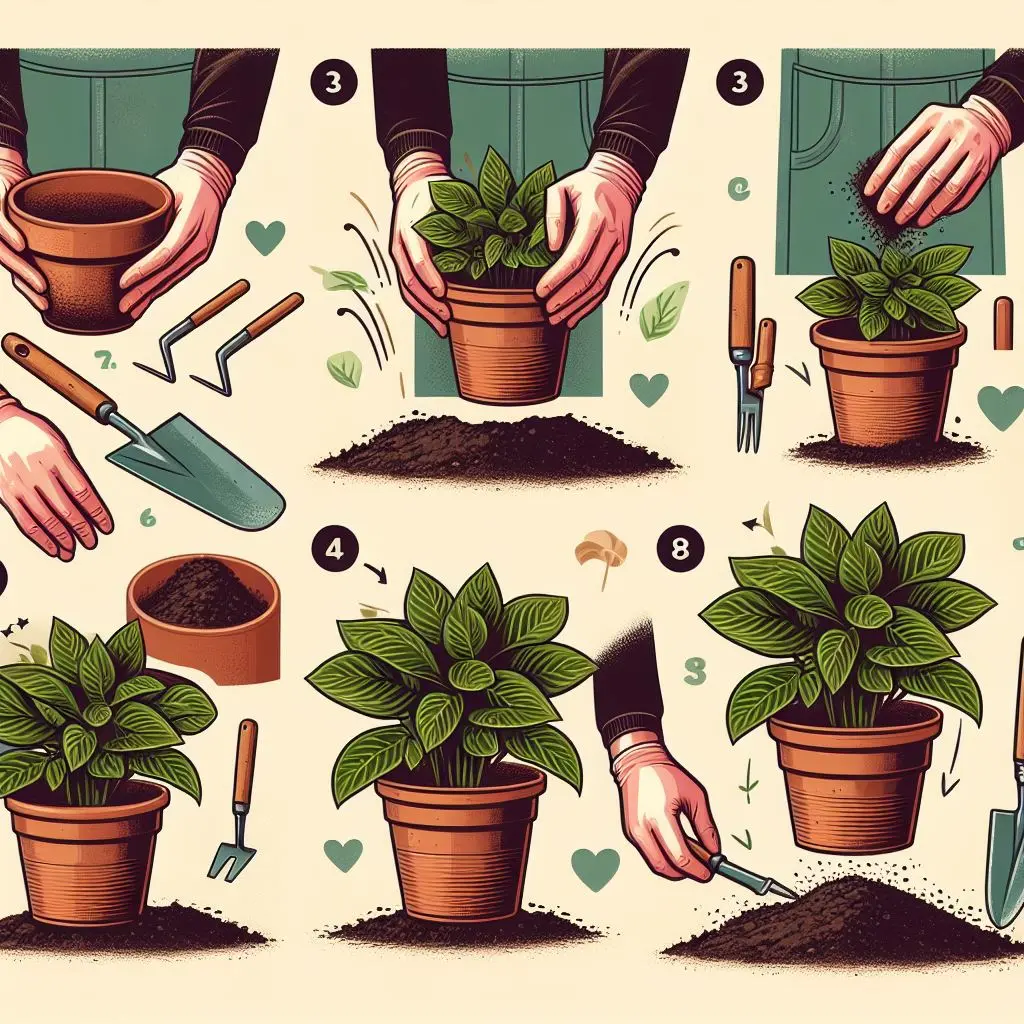
“Do not change the pot unless the plant requires it! Only replace the pot when the roots start protruding from the drainage holes. At this point, acquire a larger pot for your plant. Exercise caution during the repotting process to avoid damaging the roots, as Peperomia Rosso is susceptible to harm.
Propagation of Peperomia Rosso
Propagating Rosso through stem cutting, similar to African Violets, is straightforward. The propagation process closely resembles that of other succulent plants.
If opting for stem cutting propagation:
- Cut a relatively long piece with a few leaves.
- Prepare a clean and fresh compost, insert the stem ends into the holes, moisten the soil, and place it in a warm location with indirect sunlight.
If choosing leaf cutting propagation:
- Cut a leaf with an attached stem.
- Cut the stem at an angle and dip it in rooting hormone.
- Place it in a clean compost mixed with rooting hormone.
- Moisturize the soil and position it in a warm, indirectly lit area.
After about a month, you’ll observe growth in the propagated plant.
Pests and Diseases of Peperomia Rosso
Proper care of Peperomia Rosso usually prevents any specific issues or diseases. Factors that can harm the plant include:
– Overwatering or underwatering
– Direct sunlight or keeping the plant in darkness
– Temperature extremes, either too low or too high
All of these can create unfavorable conditions for your plant, leading to leaf spots or plant withering. Common problems associated with overwatering include spider mites and fungus gnats. Therefore, ensure that Peperomia Rosso is watered regularly and at the right times.
Peperomia Rosso, like other Peperomias, may occasionally be susceptible to the cucumber mosaic virus, resulting in a condition known as ring spot disease. If you notice drying or deformation of your plant’s leaves, trim them, and the plant should naturally recover.”
Read the reason pepromia does not bloom, quoted by plantaddicts:
Peperomia is typically famous for its verdant, sometimes variegated, foliage, not its flowers. However, various species occasionally bloom throughout the year, producing long flower spikes. These species are more likely to bloom in optimal conditions, including bright indirect light; moderate to high humidity; warm temperatures; and well-draining soil. They are also more likely to flower if maintained outside on a patio or deck rather than indoors.
FAQ
What problems can low or excessive light create for Peperomia Rosso?
Low light significantly retards the growth of this plant. Excessive sunlight, on the other hand, can lead to the burning of its leaves.
What is the best method for watering this plant?
It is preferable to water this plant from beneath the pot. This allows the plant to self-regulate and fulfill all its water requirements. It’s important to note that during cold seasons, watering from the top should be avoided as it may lead to leaf rot.
What factors can damage Peperomia Rosso?
Among the factors that can damage this plant, inappropriate watering, direct sunlight, placing the plant in darkness, and temperature extremes (both too low or too high) can be mentioned.

